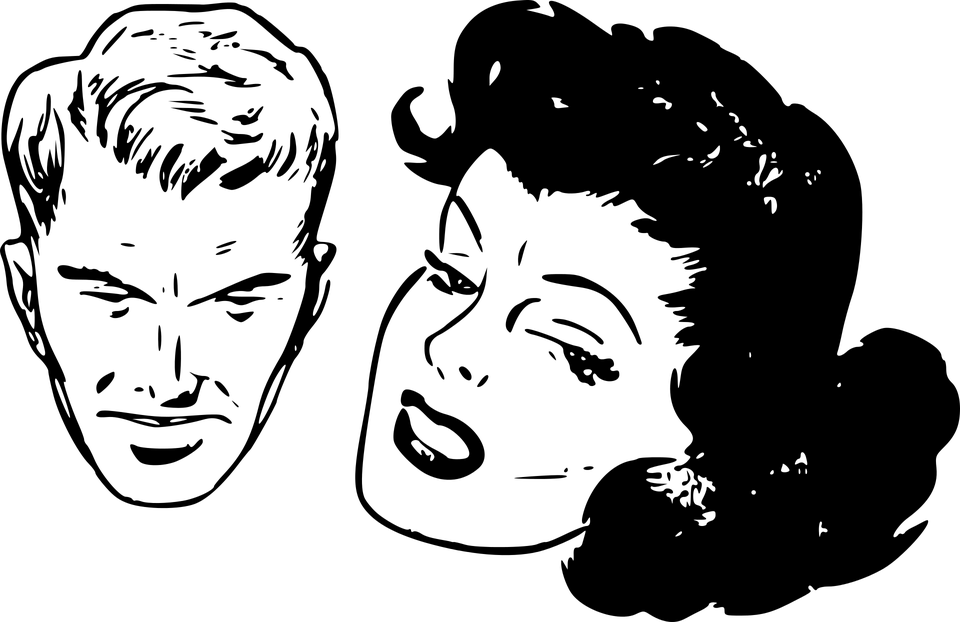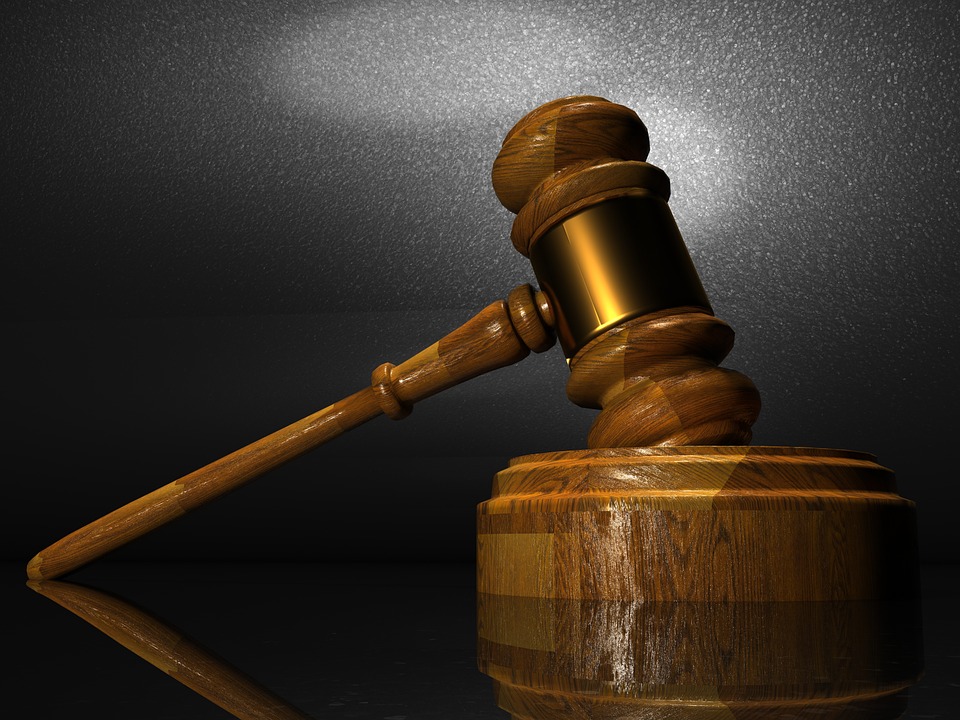The United State Supreme Court’s ruling in Bilski v. Kappos today affirmed a lower court’s decision to strike down a patent, but was too narrow to appreciably abate the confusion around which computer software patents are valid, experts say.
The central issue of the case involved the validity of a patent claim for a business method for hedging risks in commodities trading. After the Court spent more time deliberating than any other patent case since the early 1990s, it agreed with a lower federal court ruling that the business method was not patentable.
The federal circuit court ruled in 2008 that while it is okay to have an invention that has a computer in it that performs computations, that pure computation in general is not patentable. It also suggested the creation of a “machine-or-transformation” test that would be used to determine the eligibility of a process for patenting.
The Supreme Court’s ruling strengthened the “abstract idea” exclusion from patentability, but failed to provide an actual test or to give guidance to inventors, defendants or the United States Patent and Trademark Office, said James Grimmelmann, an associate professor at New York Law School. There will be continued uncertainty and confusion around the validity of existing software patents, he added. The abstract idea exclusion is a reference to the principle that laws of nature and abstract ideas are not patentable, he explained.
Some people claim that all software is an abstract idea, because programming is just a form of mathematics, Grimmelmann said. Others think that software is often concrete enough to be patentable because it’s implemented on physical computers, or that those computers control other machinery, or that because the algorithms are actually specific enough not to be “abstract,” he explained. “The Supreme Court appears to come down somewhere in the middle, but doesn’t really say where.”
Mark Lemley, a professor at Stanford Law School and director of Stanford’s program in law, science and technology, credited the court for ruling as narrowly as possible, but acknowledged that many issues still have to be resolved. “There aren’t any tests in this area that work. They can all be manipulated and/or lead to undesirable lines,” he said.
The refusal to endorse the lower court’s “machine or transformation” test “as an effective method for deciding what is and what is not patentable” leaves considerable uncertainty, said Eben Moglen, a Columbia University Law School professor and chairman of the Software Freedom Law Center. The Software Freedom Law Center provides legal assistance to the Free Software Foundation.
“[The Court] has said that its own previous cases shed all the necessary light on the issue of the validity of the current patent, thus creating a ‘we know unpatentability when we see it’ system that is of no use to the Patent Office or the Federal Circuit,” Moglen added. “The Court behaves as though the bad patent it unanimously agrees is bad were an aberration, instead of one among tens of thousands of bad patents created by the system over which the court today failed to exercise any meaningful control.”
The Court’s failure to put the issue of software patents to rest will lead to more money being spent on “wasteful litigation over patents that should never have been issued,” Moglen said. Consequently, innovation will be stymied or prevented altogether before the issue comes before the Court again, he added.
Moglen said he hoped a future Supreme Court will do what today’s decision failed to do, which is to bring patent law under constitutional control.





